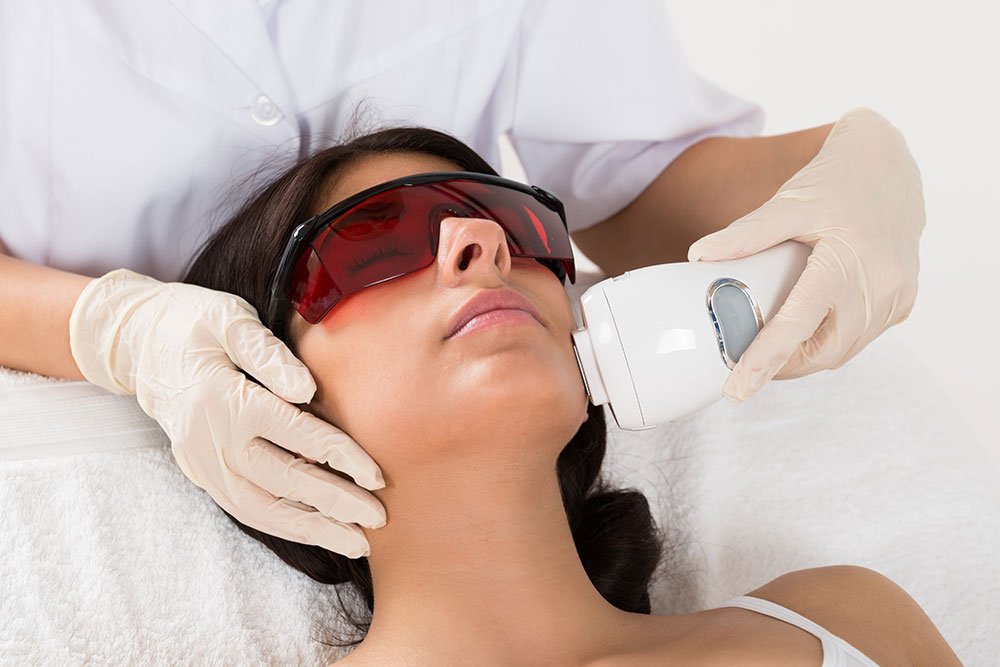Rosacea is a common yet often misunderstood skin condition that affects millions of individuals around the globe. Characterized by facial redness, visible blood vessels, and acne-like bumps, rosacea can lead to discomfort, emotional distress, and social anxiety. Understanding the causes, triggers, and effective treatment options available at The Beauty Method in Peoria, AZ, is essential for those seeking to manage this condition effectively.
What Causes Rosacea?
While the exact cause of rosacea remains elusive, several factors contribute to its development. Genetic predisposition plays a significant role, with many individuals having a family history of the condition. Environmental influences, including extreme weather conditions and sun exposure, can also exacerbate symptoms. Additionally, abnormalities in the immune system may trigger inflammatory responses in the skin, leading to the characteristic redness and irritation seen in rosacea.
Common Triggers of Rosacea
Recognizing the common triggers associated with rosacea is crucial for effective management. Some of the most frequently reported triggers include:
Environmental Factors: Changes in temperature, high humidity, and exposure to sunlight can lead to flare-ups. Cold weather, wind, and heated indoor environments are also known to irritate sensitive skin.
Dietary Choices: Certain foods and beverages may exacerbate symptoms, including spicy foods, hot drinks, alcohol, and dairy products. Keeping a food diary can help identify personal triggers.
Emotional Stress: Stress and anxiety can provoke rosacea flare-ups. Techniques for stress management, such as mindfulness or relaxation exercises, can be beneficial.
Skin Care Products: Harsh ingredients, alcohol-based products, or heavy fragrances can irritate the skin and trigger symptoms. It’s important to choose gentle, non-irritating skincare products.
Recognizing the Symptoms
Rosacea symptoms can vary from person to person, but some common signs include:
Persistent Redness: A noticeable flush or redness on the cheeks, nose, forehead, and chin.
Visible Blood Vessels: Tiny blood vessels (telangiectasia) may become visible on the skin, contributing to an uneven complexion.
Acne-like Bumps: Many individuals experience small, red bumps that resemble acne, which may be accompanied by a burning or stinging sensation.
Dry or Flaky Skin: The skin may become dry, flaky, or irritated, requiring special attention to hydration.
Sensitivity: Increased sensitivity to touch, skincare products, and environmental factors can occur, making proper care essential.
Early recognition of these symptoms is vital for timely treatment and improved skin health.
Effective Treatment Options
While there is currently no cure for rosacea, several effective treatments can help manage symptoms and reduce redness. At The Beauty Method, clients have access to various professional options, including:
Topical Treatments
Prescription creams and gels are often the first line of defense against rosacea. Common ingredients include:
Metronidazole: An antibiotic that reduces inflammation and redness.
Azelaic Acid: Helps to reduce redness and improve skin texture.
Ivermectin: Targets inflammatory lesions and helps manage symptoms.
Oral Medications
In more severe cases, healthcare providers may prescribe oral medications, including antibiotics such as doxycycline or minocycline. These medications help reduce inflammation and control outbreaks, providing significant relief for those with persistent symptoms.
Intense Pulsed Light (IPL) Therapy
IPL therapy is a popular non-invasive treatment that uses pulses of light to target and reduce redness. This treatment improves overall skin tone and minimizes the appearance of visible blood vessels. Multiple sessions may be required for optimal results, but many patients report significant improvements in their skin condition.
Laser Treatments
Various laser options are available for treating visible blood vessels and redness associated with rosacea. Laser treatments can effectively reduce flushing and enhance skin texture, leading to a clearer complexion. Common lasers used for rosacea include:
Vascular Lasers: Target blood vessels to reduce redness.
Pulsed Dye Lasers: Provide effective results with minimal downtime.
Customized Skincare Regimens
Developing a personalized skincare routine is crucial for managing rosacea. The Beauty Method offers consultations to create effective regimens tailored to individual skin types and sensitivities. A gentle, hydrating approach that avoids irritants is essential for soothing sensitive skin and maintaining overall skin health.
Lifestyle Changes and Aftercare
In addition to professional treatments, adopting specific lifestyle changes can help minimize rosacea flare-ups. Individuals are encouraged to:
Identify and Avoid Personal Triggers: Keep a journal to track symptoms and identify patterns related to triggers.
Practice Good Sun Protection: Use broad-spectrum sunscreen with SPF 30 or higher to protect the skin from UV damage, which can exacerbate symptoms.
Use Gentle Skincare Products: Choose fragrance-free and alcohol-free products designed for sensitive skin. Avoid exfoliants and scrubs that may irritate.
Maintain a Healthy Diet: Incorporating anti-inflammatory foods, such as fruits, vegetables, and healthy fats, can support overall skin health.
Consistent aftercare is vital for maintaining results after treatment. Regular follow-ups with skincare professionals can ensure that the regimen remains effective and tailored to evolving skin needs.
At The Beauty Method in Peoria, AZ, personalized care and advanced treatment options are available to help individuals achieve clearer, healthier skin. For more information on rosacea treatments or to schedule a consultation, contact The Beauty Method at 623-777-2912.

